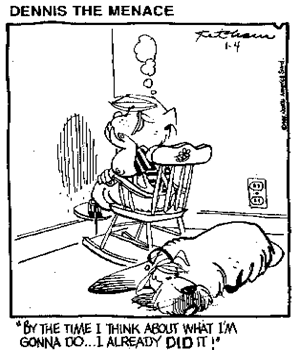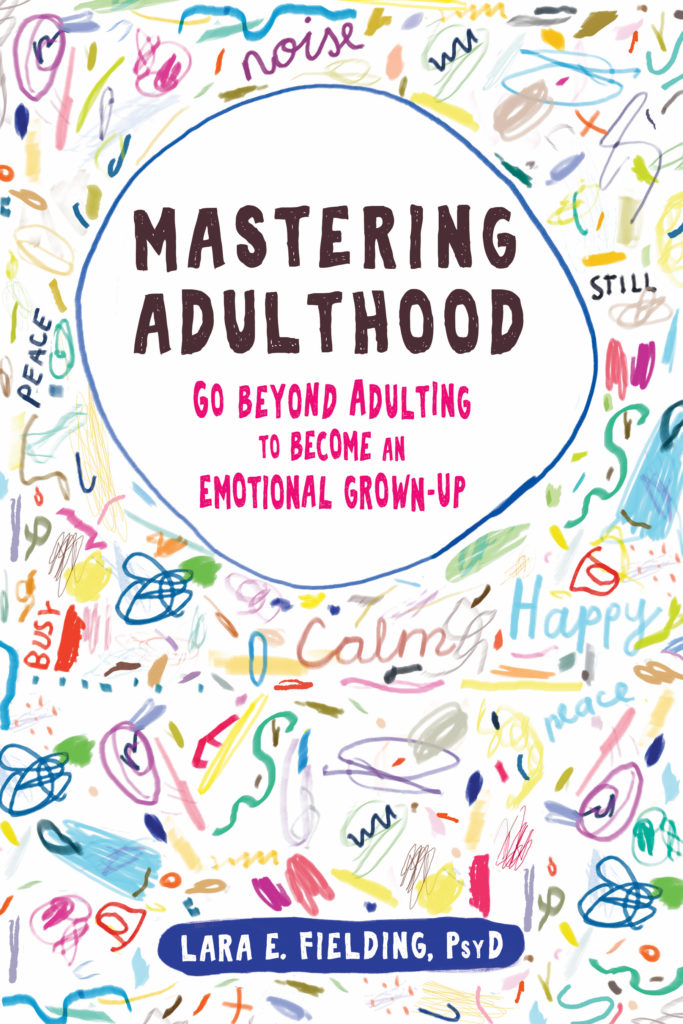Moving from Awareness to Action: Awareness is an activity of the mind. Behavior problems need behavioral solutions.
“Awareness is the first step!” We hear this expressed a lot. Okay. This is true. It is the “first step.” But Awareness – knowing – acknowledging – giving attention to something is not enough, with out the Actions to back it up! If Awareness alone solved problems, we would have far fewer injustices in the world. This divide between Awareness and Action has been coming up a lot in my work this week. How often have you heard yourself say, “I was completely aware that I should not be doing this.” But then you did it anyway?
The push and pull on our behavior comes from the natural human-animal instinct of pursuing what feels good, and avoiding what feels bad. So, while our conscious mind may say, “I know this is not good for me,” our far more powerful primal drive is pushing us towards immediate reward and/or the reduction of discomfort. This gap between awareness and action shows up in infinite ways. Problems of substance use and addiction may be the most obvious. But just the same in any area where clinging to pleasure or comfort may become problematic, like over eating, over spending, gambling even promiscuity, etc. On the other side of the spectrum are the avoidant behaviors; procrastination, failure to assert oneself, or not exercising, and other passive and aggressive behaviors, which serve to reduce discomfort and/or cling to comfort or pleasure.
In the extreme, or when an individual trigger is activated, low tolerance for discomfort creates something called “experiential avoidance.” This type of avoidance often goes beyond simply avoiding situations. Behavior gets taken over by the intense drive to reduce discomfort. These drives are primal and embedded in the older emotion-action processes of the brain. (See “The Purpose of Emotions” blog for more about the emotion-action tendency of each emotion) Awareness, or logical reasoning, is in the front of our brains, and essentially “off-line,” when this process gets activated.
Behavior Problems need Behavioral Solutions
Coming full circle, hopefully it is now clear why awareness is not enough to solve behavior problems. Because the emotion-action drive is an embodied experience, it must be targeted through experiential practice with it. So, what are behavioral solutions? In clinical practice, behavioral interventions usually include 3 types of intervention; Exposure, Skills Training, and Contingency Management
Exposure
In Prolonged Exposure (PE) interventions, the individual is exposed to the situations or emotion(s) that are leading to the undesired behavior. PE is proposed to reduce problematic avoidance-approach behavior in two ways.
1. Habituation: the reduction of distress related to the trigger
2. Willingness: a shift in ones relationship to distress
The exposure must be maintained for as long as necessary (usually 5-20 minutes) until the natural emotion decreases by half (as reported by the client). If the exposure is interrupted before the target emotion begins to decrease, avoidance may be reinforced. Habituation effectively reduces the intense emotional reaction, thus breaking the link between the trigger and the intense emotion.
Skills Training
But this still leaves the emotion-action tendency link. This is where skills training and mindfulness come in. The skills I teach at Mindful-Mastery guide clients through active practices, which teach clients to relate more Willingly to discomfort. This must be repeated over and over again, in the context of the uncomfortable situation or feeling. Only through repeated practice can new pathways be developed.
For example, the Willingness Hands exercise, is one of the first things I teach clients. The instructions for this exercise are as follows:
1. If sitting, uncross your legs and place both feet on the floor. If standing, simply stand with feet shoulder distance apart.
2. Open your arms, slightly away from the sides of the body, with palms up.
3. Pull your shoulders down and away from the ears
4. Push your belly out
5. Allow the corners of your mouth to float upwards
6. Now, in your minds eye repeat the following, “I am willing to have this feeling, right now. I am willing. I am willing, I am willing.”
This practice is intended to train us to let go of the struggle with uncomfortable internal experience, and develop a kinder, gentle allowing of the ebb and flow of experience. Practice this exercise, whenever you feel “overwhelmed,” or in distress, to help break the emotion-action tendency link.
Contingency Management (CM)
If you have ever tried to go on a diet, or start an exercise routine, or make any other behavior change, you might have noticed that other people or situations can also get in the way. This is not necessarily because others do not want you to succeed. Often times, this is because, just as we do not like to feel discomfort, our loved ones do not like to see us in discomfort either. So, sometimes, people in our lives, unintentionally reinforce the behavior we are trying to change
Managing contingencies means arranging the environment and/or coaching close others to ensure successful behavior change. So, for the diet example, eliminating tempting foods from the home environment would be one type of CM. (Specifically called “stimulus control.”) But I also frequently meet with parents or significant others to teach them important strategies for increasing behavior change. (See “Behaviorism 101” blog for more on how this works). Now, this is not a license for blaming our loved ones for our own behavior. That responsibility is on us! AND it can be very helpful to elicit more helpful responses from those in our world, which support the change process.
Taken together, these three approaches give the person opportunities to practice alternative coping behavior, to learn that they are capable, and to obtain a sense of mastery over the strong feelings, which can seemingly hijack our behavior. The important part of any successful behavior change, whether it is quitting a “bad” behavior, or beginning a “good” one, is that success comes from repeated practice opportunities. Not from a “just say no,” type of appeal to awareness.


